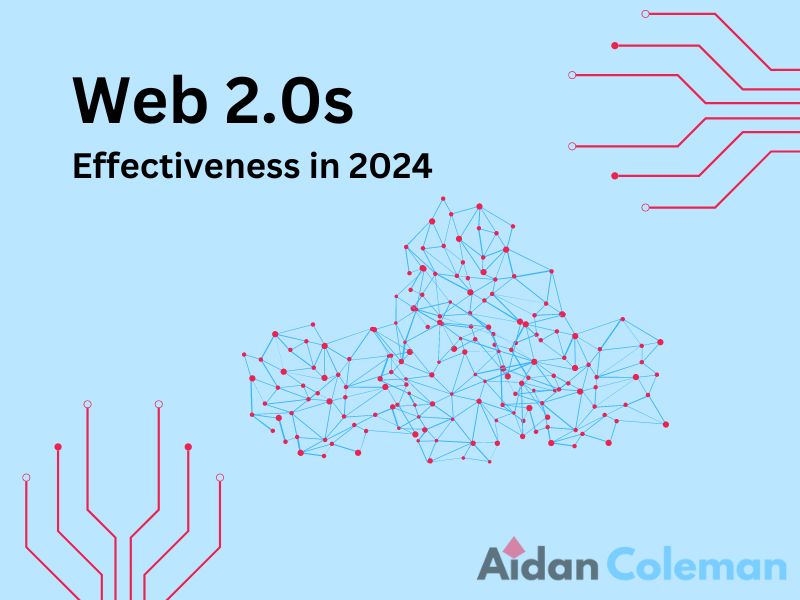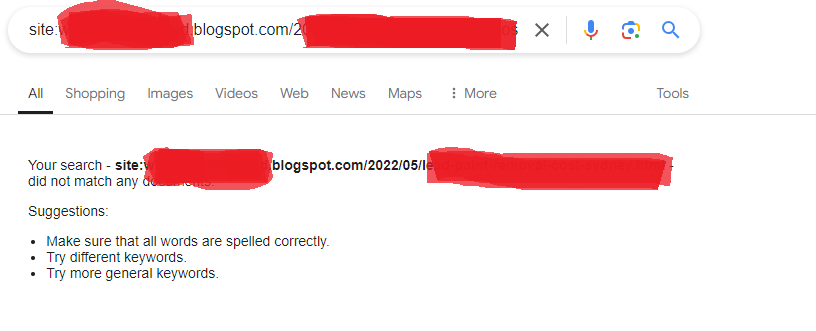What is a Web 2.0 and Should You Use It For Link Building

If you’re diving into a link-building campaign, you may have come across the term “Web 2.0.” Maybe a link builder you’re considering hiring has even mentioned using these types of links.
In this article, we’ll explore what Web 2.0 actually means, modern day web 2.0s and their role in link-building campaigns as of 2024, and some predictions for their future effectiveness.
Web 2.0 Explained
Web 2.0 refers to websites that allow users to create and share content easily. Unlike early websites (Web 1.0), where people could only view information, Web 2.0 platforms let users interact, upload content, comment, and collaborate.
Think of blogs, social media platforms, forums, or even wiki pages. Instead of just reading content, you can actively contribute to these sites. This user-generated content and interaction is what defines Web 2.0.
In the context of link building, people use these platforms to create backlinks, which help improve website rankings in search engines.
Some examples are Tumbler, WordPress, Reddit and Medium.
Web 2.0s are differen to directorys and citation listings. Althought they are both free methods of link building, directories and citations are made for businesses, whereas Web 2.0s are meant to be used for user generated content
The History Of Web 2.0 Abuse
Web 2.0 platforms have a long history of being abused, largely because they were so effective in the early days of SEO. Back in the early 2000s, when search engines were less sophisticated, people could easily keyword stuff thew3 pages and get 100s of links from Web 2.0 sites to quickly boost their rankings. These sites allowed users to build tons of low-cost backlinks, and many businesses saw significant traffic increases using these tactics.
as an SEO specialist I’ve seen cases firsthand where agencies helped clients gain impressive traffic on tiny budgets by exploiting Web 2.0s and similar strategies. However, as with most methods that can be easily abused, they didn’t last forever.
Google eventually rolled out the Panda Core Algorithm Update to combat these spammy tactics, effectively making Web 2.0 abuse and other shady link-building practices obsolete. These updates targeted low-quality content and manipulative links, forcing SEO professionals to focus on more sustainable strategies.
Today, the use of Web 2.0s for link building requires a more nuanced approach, ensuring that the content is valuable and not just a spammy attempt to gain backlinks. Even so, most Web 2.0s I analyse, even quality genuine content struggle to get indexed.
Given the difficulty, and the complexity of gaining quality links in 2025, many SEOs and businesses utilise them to drive down the cost of SEO and increase the output of links.
Spun Content and Auto Generating Software
In the past, and even today, tools like Money Robot Submitter have been used to create thousands of automatically generated, “spun” Web 2.0 websites. Spun content involves taking existing text and rearranging or rewording it in an attempt to create new versions that seem unique but are usually low-quality. These tools were designed to rapidly produce mass amounts of content and links, hoping to boost a site’s SEO ranking through sheer volume.
However, this tactic is now considered outdated and ineffective. Google’s algorithms have evolved to detect and penalize low-quality, auto-generated content. Using these techniques today can harm your site’s reputation and rankings rather than help.
The only potential use for such tactics might be in negative SEO, where someone tries to harm a competitor’s ranking by flooding their backlink profile with spammy links. Even then, Google has become quite adept at identifying and disregarding these tactics, making them largely ineffective.
So Do Web 2.0s Still Work in 2024?
The short answer is no, Web 2.0s are not effective for SEO in 2024. Due to their ease of abuse, algorithm updates have consistently targeted them, leading to deindexing over time. While it is still possible to get Web 2.0 links indexed initially, they are often short-lived and eventually get deindexed, resulting in only temporary benefits for those using spammy link-building tactics.
Some spammers still use Web 2.0s for tiered link building, creating thousands of sites with spun content to get backlinks indexed. They often link Web 2.0s to other Web 2.0s in a complex, layered structure to try and amplify results. However, this strategy rarely delivers meaningful results and frequently triggers automatic spam penalties.
That said, penalties from Web 2.0 abuse are less common these days because Google deindexes these links so quickly, making them practically useless.
How This Knowledge Of Web 2.0s Should Shape Your Link Building
If you’re using third-party SEO tools like Semrush or Ahrefs, you might feel overwhelmed by competitors showing thousands of referring domains. However, many of these domains, especially in low-competition industries, are often low-quality, spun Web 2.0s.
It’s important not to be intimidated by these numbers. Understanding that these links are likely spammy Web 2.0s can help you better evaluate the quality of your competitors’ backlink profiles. These types of links won’t provide long-term benefits and can even be deindexed, making them worthless over time.
To assess whether these links are from low-quality Web 2.0s, you can run a quick check using a “site.com” search query. For example, typing “site:url.com” in Google will help you see if the site is indexed and what kind of content is hosted there. If the site appears spammy or deindexed, it’s a strong indication that the backlink is of low quality and shouldn’t be a concern.

Focusing on quality over quantity is key in modern link building. Prioritise building backlinks from trusted, authoritative sources rather than trying to compete with spammy, short-lived Web 2.0 links.
The Link Between Web 2.0s and Parasite SEO
As Google increasingly prioritises user-generated content from platforms like Reddit and LinkedIn, Web 2.0 sites have become a popular target for parasite SEO tactics.
Web 2.0 platforms, which emphasise collaboration and user interaction, offer a way for spammers to exploit their high domain authority. By creating content on these established sites, parasite SEO practitioners can bypass the traditional SEO efforts needed for their own websites and rank their pages quickly.
This manipulation takes advantage of Google’s push for UGC, making it an attractive but risky strategy for those looking for fast ranking gains.
How The History Of Web 2.0s Should Shape Your SEO Strategy
Platforms like Perplexity AI, which was recently indexed by Google, offer a new avenue for SEO. In mid-2024, Perplexity launched Perplexity Pages, enabling users to create and share in-depth articles and guides. These pages are now being indexed, showing up in Google search results, including AI overviews and featured snippets.
However, if Perplexity AI starts being exploited for spam like other platforms, Google or Perplexity will likely step in with stricter regulations.
A similar situation occurred with Reddit, where users were buying or hacking aged accounts to manipulate SEO. In response, Reddit introduced restrictions to combat these practices. X (formerly Twitter) did the same with advanced captchas.
While these tactics might temporarily benefit parasite SEO, history shows that algorithms or platform policies eventually catch up, making them less effective over time. So, building a long-term SEO strategy that aligns with best practices is crucial.